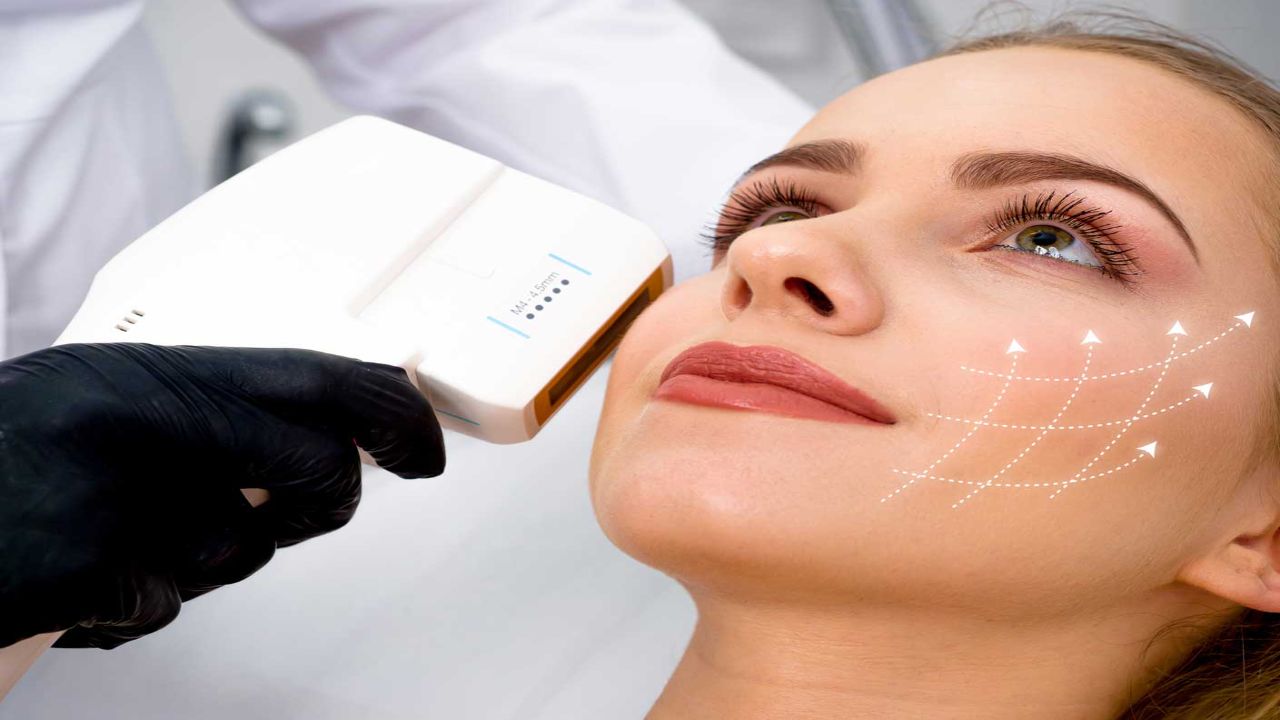High-Intensity Focused Ultrasound (HIFU) treatment has gained popularity in the medical field as a non-invasive procedure for various conditions. This innovative technology utilizes focused ultrasound waves to target specific tissues in the body, providing both advantages and disadvantages. Here are three pros and three cons of HIFU treatment.
Non-Invasive and Painless
One notable benefit of HIFU treatment lies in its non-invasive character. In contrast to conventional surgical methods, HIFU eliminates the need for incisions, resulting in no cutting, stitches, or scarring. This characteristic not only reduces the risk of infections and complications but also accelerates the recovery process. Additionally, HIFU is generally considered a painless procedure. Patients may experience mild discomfort during the treatment, but post-procedural pain is minimal compared to invasive surgeries. This makes HIFU an attractive option for individuals seeking effective treatments without the associated pain and recovery time.
Precision and Targeted Therapy

HIFU treatment offers a high level of precision and accuracy in targeting specific tissues. The focused ultrasound waves pass through the skin without causing damage and converge at a focal point deep within the body. This precision allows medical professionals to treat specific areas with utmost accuracy, minimizing the impact on surrounding healthy tissues. The ability to focus the energy precisely makes HIFU particularly effective for treating conditions like prostate cancer, uterine fibroids, and certain tumors. This targeted therapy reduces the risk of collateral damage to nearby organs and tissues, enhancing the overall safety and efficacy of the treatment.
Minimal Downtime and Quick Recovery
As a non-invasive procedure, HIFU generally involves minimal downtime and a quick recovery compared to traditional surgeries. Patients can typically resume their normal activities shortly after the treatment. The absence of surgical wounds or incisions eliminates the need for an extended recovery period, enabling individuals to return to their daily routines faster. This is particularly beneficial for those with busy lifestyles who cannot afford prolonged recovery times. The minimal disruption to daily life is a significant advantage for patients seeking effective medical interventions without sacrificing their work or personal commitments.
Limited Depth Penetration

One of the drawbacks of HIFU treatment is its limited depth penetration. The effectiveness of the procedure decreases as the targeted tissue is located deeper within the body. This limitation restricts the application of HIFU to certain areas and conditions, and it may not be suitable for treating conditions requiring penetration through thick or dense tissues. While advancements in technology may address this limitation in the future, it currently poses a challenge for utilizing HIFU in certain medical scenarios.
Operator Dependence
The success of HIFU treatment is highly dependent on the operator’s skill and experience. Achieving optimal results requires precise control over the ultrasound energy delivery, accurate targeting, and monitoring throughout the procedure. Inexperienced or inadequately trained operators may struggle to maintain the necessary level of precision, leading to suboptimal outcomes or potential complications. Ensuring that HIFU procedures are performed by trained and qualified medical professionals is crucial to maximize the benefits and minimize the risks associated with this treatment.
Cost Considerations
While the long-term benefits of HIFU treatment can be significant, the initial cost may be a deterrent for some individuals. HIFU technology and equipment are relatively expensive, which can result in higher treatment costs compared to alternative interventions. Additionally, not all insurance plans may cover the expenses associated with HIFU, making it less accessible for certain patients. The economic considerations surrounding HIFU treatment can be a significant factor for individuals weighing their options for medical procedures, and it may impact the widespread adoption of this technology.
In conclusion, HIFU treatment offers a range of benefits, including its non-invasive nature, precision, and quick recovery. However, limitations such as depth penetration and operator dependence, coupled with cost considerations, highlight the need for careful assessment and consideration when choosing HIFU as a medical intervention. As technology continues to advance, addressing these challenges may further enhance the overall effectiveness and accessibility of HIFU treatment in the future.
![[OL TEH BLOG]](https://solteh.net/wp-content/uploads/2020/01/cropped-06f943d4-cape-town-1.jpeg)
